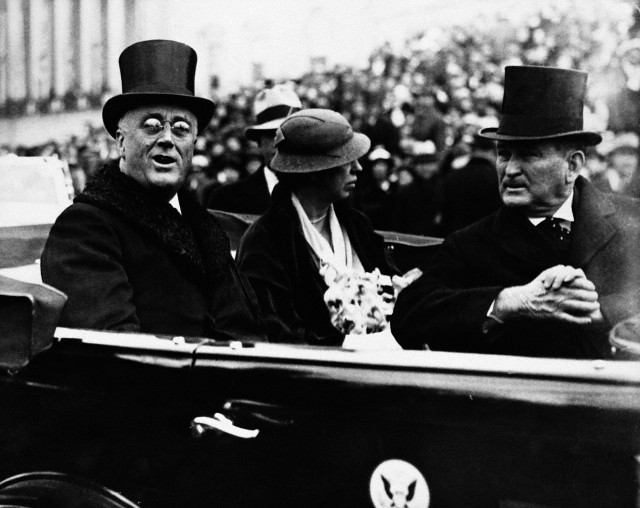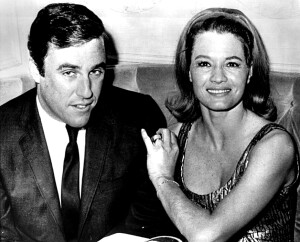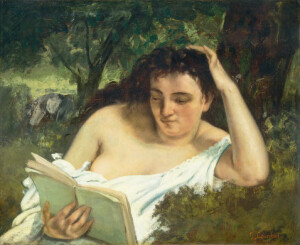Whenever I hear sanctimonious debates about wokeism and banning books, I think of Whooping cranes. In my family, the gawky, audacious, elusive and endangered birds are synonymous with our values about the First Amendment and the freedom to read.
This came to pass when I was ten years old, a nascent bird-watcher, and I tried to check out a book on Whooping cranes at the Dayton Public Library. I found it in the science and technology department, my favorite room in the library. But my age and status required me to go to the children’s department to borrow it.
The librarian there refused to let me check it out. “You can’t read a book like this,” she said. “You have no business getting books from other parts of the library.”
I tried to explain my interest in birding — and the fact that other librarians had allowed me to borrow books from science and technology. My humiliation deepened when she told me she was a member of the Audubon Society. She knew all about Whooping cranes. The book I wanted was not appropriate for ten-year-olds. End of discussion.
But it didn’t end there. The next day my mother went with me to the library, furious at the injustice. “He can read this book and understand it,” she said. “He can read any book in this library. I don’t care if he wants to borrow Peyton Place — he has the right to read it!”
When I left the library that day, I felt like Patrick Henry emboldened by the defense of liberty. I had my book on Whooping cranes and a brand new library card. Typed in red capital letters across its top were the magic words, ADULT PRIVILEGES.
At dinner that night, my father commemorated this victory with a sardonic opinion that burnished it indelibly in the family tradition. “Those cranes must have been whooping about something to ban that book.”
![An endangered Whooping crane takes flight. Yhe large bird has a 7-foot wingspan. It is all white except for black wing tips and face markings. In this photo its long neck stretches forward; its wings sweep upward; and its black legs trail straight behind it. [Source: International Crane Foundation]](https://www.ghostturtles.com/wp-content/uploads/2023/03/Whooping-crane-eastern-ICF-080622-300x157.jpg)

![About the Image: Elliott Erwitt of Magnum Photos took this iconic image of a baguette and its boy in 1955. [Cropped image via C’est La Vie Sarasota 2016]](https://www.ghostturtles.com/wp-content/uploads/2023/03/baguette-boy-bicycle-Elliott-Erwitt-1955-hz-crop.jpg)
![Mark Willis peruses a 1745 volume by Voltaire at a bouquiniste book stall on the banks of the Seine in Paris. He wears a brown leather jacket and checkered flat cap. He holds the open book in his hands. Rows of old books are seen on shelves behind him. [2005 photo by Ms. Modigliani]](https://www.ghostturtles.com/wp-content/uploads/2023/03/mw_bouquiniste_05-1024x768.jpg)
![A white marble statue of Voltaire, the 18th-century French writer and philosopher, stands on the side of Rue de Seine in Paris. Green foliage is seen in the background. [2005 photo by Mark Willis]](https://www.ghostturtles.com/wp-content/uploads/2023/03/voltaire_seine_05b.jpg)




![Sandhill cranes land on Platte River sandbar roosts west of Rowe Sanctuary’s Iain Nicolson Audubon Center southwest of Gibbon, Nebraska. [Photo by Lori Porter| Kearney Hub]](https://www.ghostturtles.com/wp-content/uploads/2015/03/sandhill_cranes_kearneyhub_032015-300x225.jpg)

![Mark Willis peruses a 1745 volume by Voltaire at a bouquiniste book stall on the banks of the Seine in Paris. He wears a brown leather jacket and checkered flat cap. He holds the open book in his hands. Rows of old books are seen on shelves behind him. [2005 photo by Ms. Modigliani]](https://www.ghostturtles.com/wp-content/uploads/2023/03/mw_bouquiniste_05-300x225.jpg)


